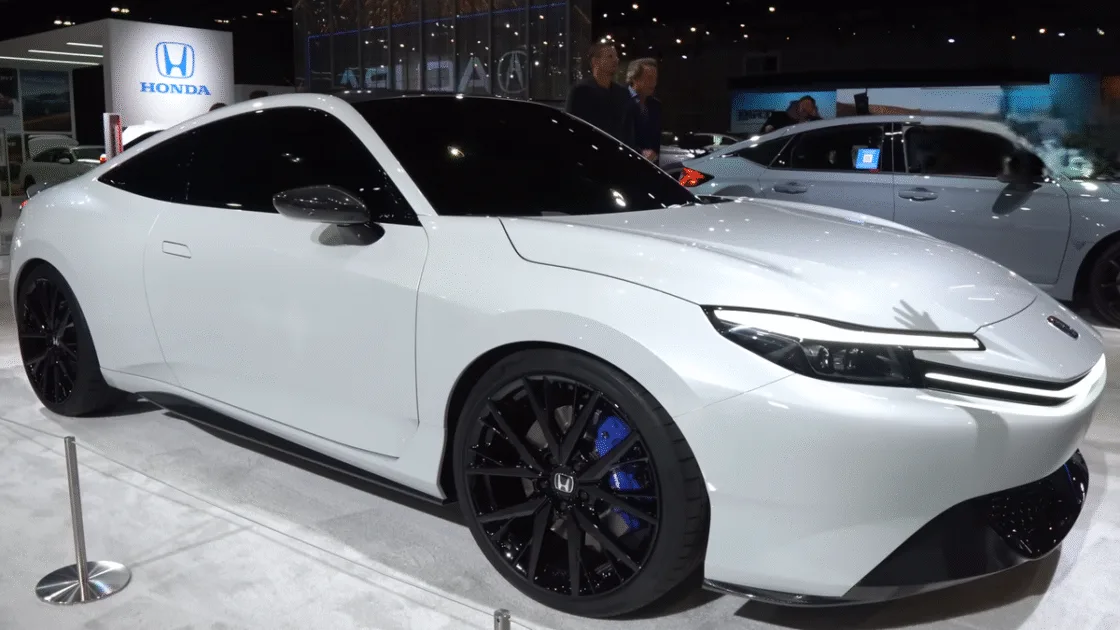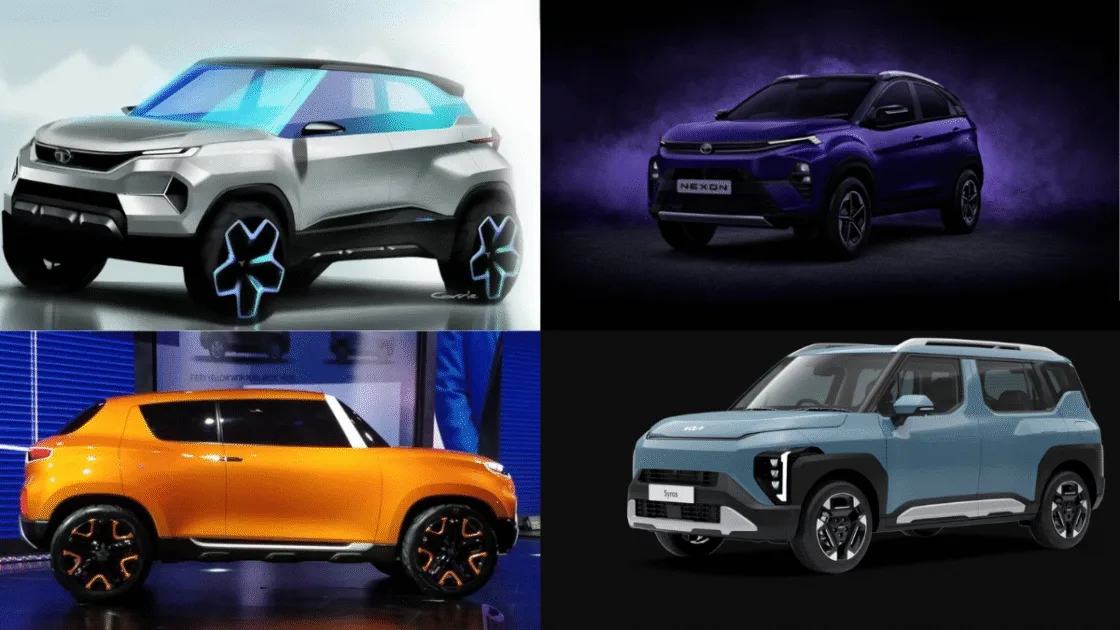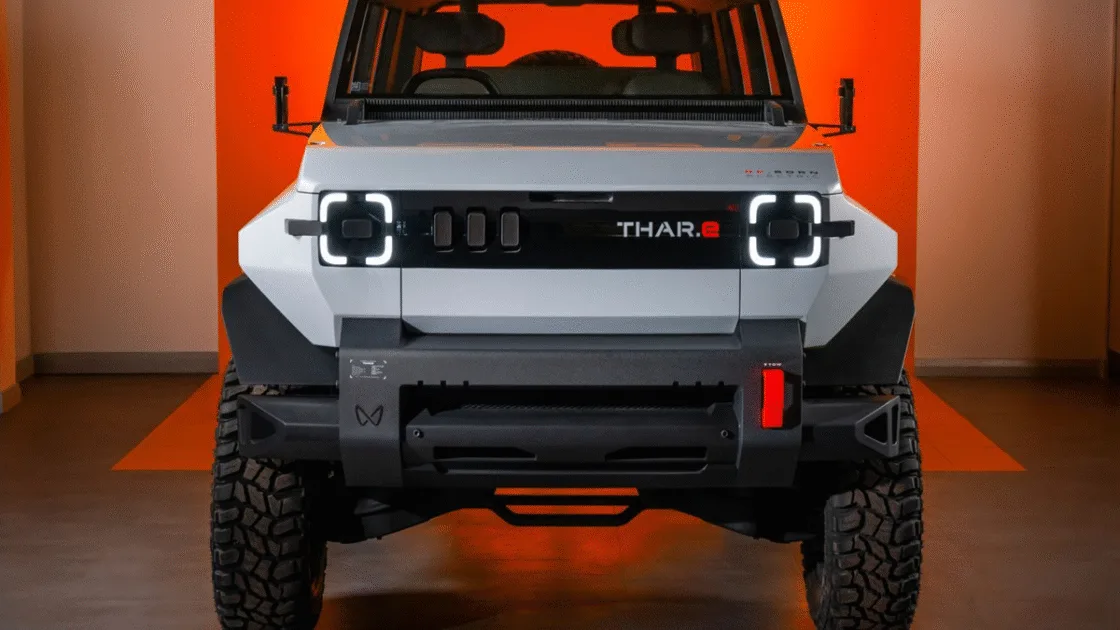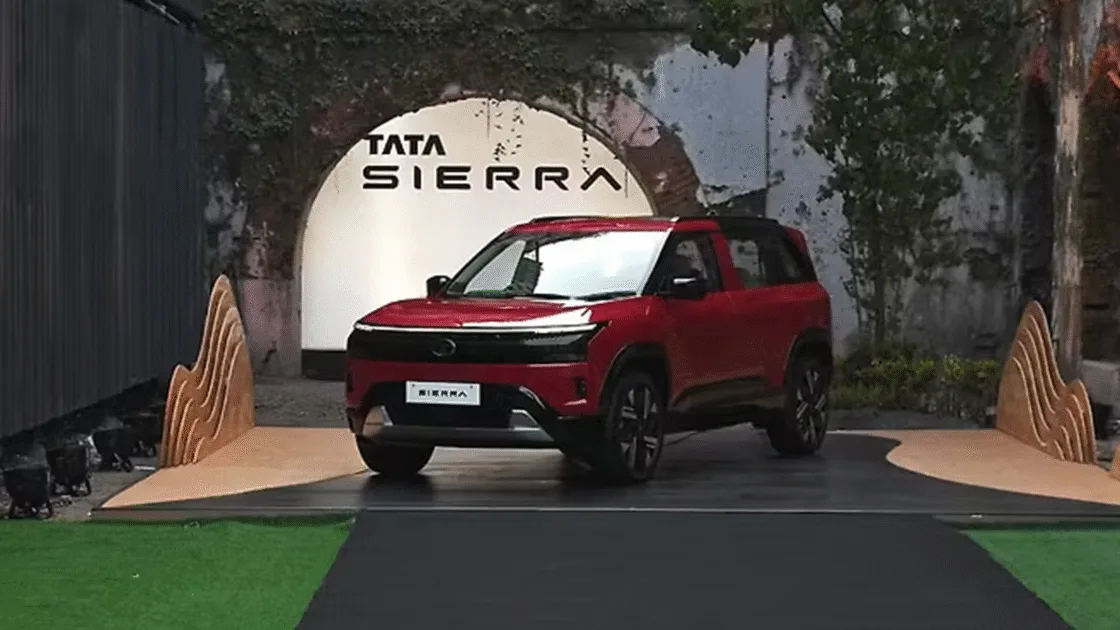New-gen Toyota Hilux BEV is scheduled to come to India with the same style and interior modifications in the near future
All-New Toyota Hilux BEV Debuts: Toyota has officially taken the covers off the ninth-generation Hilux, a huge leap forward for the popular pickup. For the first time in its history, the Hilux family welcomes electrified powertrains: a battery-electric version and a hydrogen fuel-cell variant, both planned to appear in 2028 alongside the conventional 48V hybrid.
Key Details
| Category | Details |
| Model Name | Toyota Hilux BEV (9th Generation, 2026) |
| Platform | Body-on-frame chassis |
| Design Theme | “Tough and Agile” is inspired by the Land Cruiser |
| Powertrains | EV (Battery), 48V Hybrid Diesel, 2.7L Petrol, 2.8L Diesel |
| Electric Version | 59.2 kWh Battery, AWD via eAxles |
| Torque Output | 470+ Nm (Combined) |
| Electric Range (WLTP) | ~240 km |
| Payload Capacity | 715 kg (EV) |
| Towing Capacity | 3,500 kg |
| Hybrid Launch | Spring 2026 |
| Electric Launch | December 2025 (Global) |
| Hydrogen Variant | Expected by 2028 |
| Interior Features | Dual 12.3-inch screens, premium materials, redesigned dash |
| Safety Suite | Toyota T-Mate, Proactive Driving Assist, OTA updates |
| Other Features | Electric power steering, MyToyota app, wireless charger, rear USB ports |
| India Launch | Expected 2026 |
| Variants | BEV, 48V Diesel Hybrid, Petrol |
| Seating | Double Cab only |
Also Read:- New-Gen Hyundai Venue – Top Features & Specs Explained In Detail

The truck maintains its distinctive body-on-frame design and off-road capabilities, including a wading depth comparable to the diesel-spec Hilux, even though it is electric. It is said to have a 240 km driving range and a 715 kg payload during the WLTP cycle. The Hilux 48V hybrid, which will go into production in the spring of 2026, will complement the EV.
Beginning in December 2025, the new Hilux will be introduced worldwide in its battery-powered version. The electric model’s 59.2 kWh lithium-ion battery and front and rear eAxles, which provide permanent all-wheel drive and a combined torque output of more than 470 Nm, have been verified by the Japanese company.
The latest Land Cruiser served as the inspiration for the new Hilux’s “Tough and Agile” design motif. Highlights include a new front fascia, smaller headlamps, and a powerful posture. The inside is completely redesigned with high-quality materials, a horizontal dashboard layout, and two 12.3-inch digital screens for entertainment and instrument controls. It is currently only offered in a Double Cab configuration.

The 2.7-litre petrol engine is still an option for areas that value affordability and ease of maintenance over electrification, and the 2.8-litre diesel replaces the smaller 2.4-litre unit. We anticipate that the powertrain and transmission options in India will stay the same when it enters the market soon.
It blends a 48V mild hybrid system with Toyota’s well-proven 2.8-litre diesel engine. According to the manufacturer, there is no compromise in the interior space because the small hybrid battery is stowed under the back seats. It has a one-ton cargo capacity and a 3,500 kg towing capacity. Toyota will continue to sell conventional internal combustion engines in Eastern European countries.
The most recent Toyota T-Mate safety package, which now includes Proactive Driving Assist, Low Speed Acceleration Suppression, Emergency Driving Stop System, and over-the-air software upgrades, also improves the pickup. In the future, Toyota stated that a hydrogen fuel-cell Hilux is scheduled to go into production by 2028, as the next generation will have all the features needed to duplicate the global success of its predecessors.
Also Read:- 5 Much-Awaited New Midsize Electric SUVs – Launching Soon In India

Additionally, Toyota has included features such as a wireless charger, rear USB ports, and remote connectivity via the MyToyota app, which enables fleet managers to track the position and health of their vehicles. The introduction of electric power steering, a first for Hilux, is another significant improvement that allows for better handling over uneven terrain and simpler low-speed manoeuvrability.









